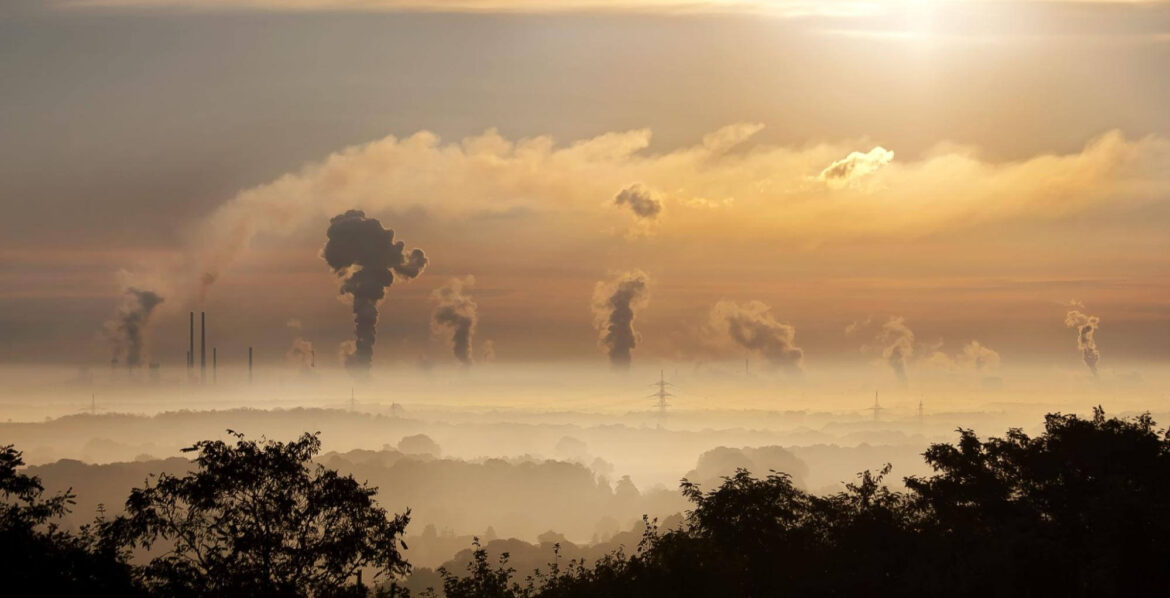Table of Contents
If you want to make a better idea on what carbon offsets are, and how they work on lowering emissions, this blog will offer you a detailed explanation of the process.
As threats of climate change increase around the world, it’s critical for businesses to update their business models to be as sustainable as possible. As such, many businesses worldwide are implementing carbon offsets as a way to make up for greenhouse gas emissions.
While carbon offsets provide a relatively effective way for companies to mitigate their climate impact, many criticize the fact that they allow companies to continue business as usual without substantially addressing the problem.
So how do carbon offsets work? Are they actually an effective way to stop climate change? This article examines their benefits and drawbacks.
How Do Carbon Offsets Work
Industries worldwide are responsible for nearly 90% of climate change. By introducing carbon offsets, companies can curb their greenhouse gas emissions by sequestering atmospheric carbon elsewhere. This can include:
- Funding tree plantings
- Supporting renewable energy projects
- Funding conservation projects
- Supporting waste reduction projects
Offsets don’t incentivize companies to directly mitigate their climate impact but rather act as a way to “cancel out” greenhouse gas emissions.
Businesses are not the only ones that can purchase carbon offsets. As individuals, we can also take advantage of offsets, typically by purchasing them through companies with high carbon impacts. A common example is paying a bit extra on airfare to offset the carbon emissions of your flight. These extra fees can help the airline plant trees, fund renewable energy, or reduce emissions somewhere in the company’s supply chain.
Are Carbon Offsets Really Enough?
While carbon offsets are a good way for companies to compensate for their greenhouse gas emissions and environmental impacts, many argue that they’re not enough to effectively combat the issue.
Supporters of carbon offsets suggest that purchasing offsets is a good way to mitigate climate impacts that wouldn’t otherwise be accounted for. Companies release greenhouse gasses from a number of sources, including company facilities, vehicles, and transportation. However, the majority of climate impacts typically come from a company’s Scope 3 emissions, which encompass all indirect emissions in the company’s value chain. These can be very difficult to assess and mitigate, and so carbon offsets can be a good way for companies to address their indirect environmental impacts.
On the other hand, critics of carbon offset suggest that offsets alone are not enough to mitigate a business’s environmental impact. As the threats of climate change increase, largely due to industries, many argue that businesses must do everything in their power to directly reduce their emissions, and carbon offsets act as a distraction from doing so.
Many carbon offsets include funding tree plantings in various parts of the world, and while planting trees can be a great source of carbon sequestration, it takes decades for trees to grow to their full potential. This kind of offset avoids the kind of direct, immediate action needed to fully combat climate change.

Moreover, studies have shown that there are not enough plant-based carbon sinks in the world to fully offset humanity’s carbon emissions. Instead, offsets should be focused on redirecting energy sources from fossil fuels to renewable energies, like solar and wind. However, carbon offsets should not be the sole source of a company’s sustainability efforts. In addition to offsets, companies can take advantage of other sustainable practices, including:
- Using recycled and biodegradable material to reduce single-use plastic production
- Switching to renewable energy systems to power facilities
- Using third-party certifications that test the safety and sustainability of their products
- Using supply chain management software and other supply chain management tools to increase communication across the supply chain and thus increase efficiency
- Reducing transportation emissions by shipping and shopping locally
Last Thoughts
While carbon offsets are a good way for companies to make up for their carbon emissions, they must be an addition to their overall sustainability efforts. By focusing solely on offsets, companies and consumers can be misled into believing that a company is effectively sustainable. Instead, carbon offsets must be a method for further advancing climate efforts while companies actively reduce their emissions in other sectors of business.
If you wish to take part in reducing carbon emissions, you can start by taking some easy steps such as investing in reusable produce bags for grocery shopping, depositing your fresh products in freshie food saver bags to prolong their life and avoid food wasting, ditching plastic items from your home and replacing them with sustainable ones, and so on.
For more valuable information on how to live sustainably, follow our blog. You might also enjoy:
- Home Energy Conservation Tips & Techniques for Each Room
- 10 Eco-Friendly Home Tips For Going Green Indoors
- How to Implement a Zero-Waste Bathroom
